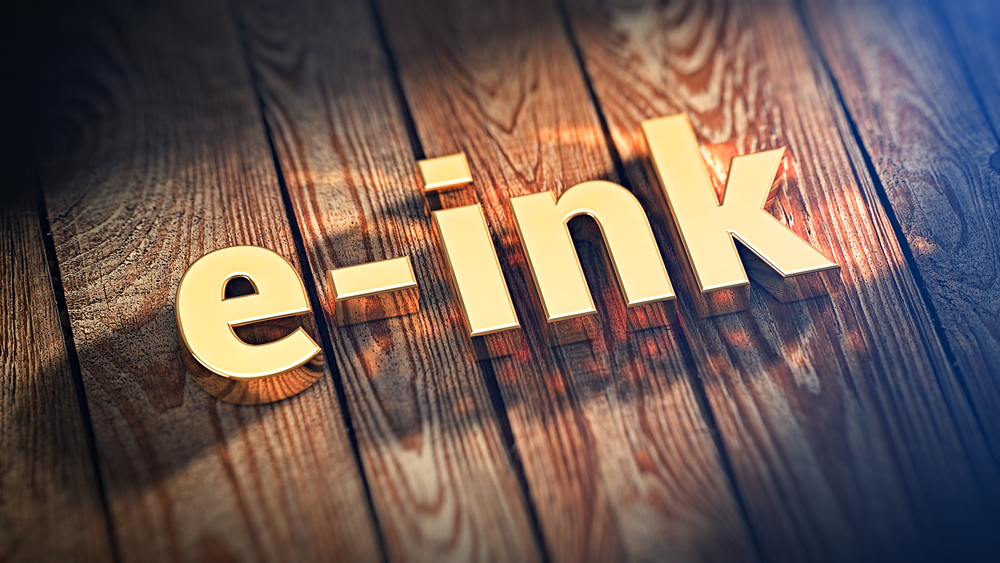Inside the World of E-ink: The Future of Sustainable Tech
When we think of digital displays, our minds often jump to the vibrant, glowing screens of our tablets, smartphones, and laptops. But there's a different kind of technology that's quietly gaining traction, one that's lighter on the eyes and the environment. It's called E-ink.

The Birth of E-ink: A Monochrome Revolution
E-ink, which stands for electronic ink, was first developed by MIT Media Lab in the late 1990s. The idea was to create a digital display that mimicked the look of ink on paper. Not only would this be easier on the eyes, it would also consume significantly less power than traditional backlit displays. The display uses tiny microcapsules filled with black and white pigments that respond to electrical charges to form images and text.
E-ink in the 21st Century: A Sustainable Leap Forward
Fast forward to the present day, and E-ink has found a niche in various devices. The most notable of these is the Amazon Kindle, whose success proves that there is a market for E-ink devices. But it’s not just e-readers that can benefit from this technology. E-ink displays have also been used in smartphones, smartwatches, and even digital signage.
As we become more conscious of our environmental footprint, the low power consumption of E-ink displays becomes increasingly appealing. Unlike traditional displays which constantly draw power, E-ink only uses power when the display changes. This not only means less energy usage, but also longer battery life for devices.
The Price of Progress: E-ink’s Market Impact
While E-ink displays are less power-hungry, they come with their own set of challenges. The technology is currently more expensive to produce than traditional LCD or LED displays, which has limited its adoption in more mainstream devices.
However, as the technology continues to evolve and economies of scale come into play, we may see a decrease in production costs. And as consumers become more environmentally conscious, they may be willing to pay a premium for sustainable technology.
The Future of E-ink
E-ink is a technology with a lot of potentials. It offers a sustainable alternative to traditional displays, with lower power consumption and a more comfortable reading experience. While cost is currently a barrier to widespread adoption, the future of E-ink looks promising as technology advances and consumer attitudes shift.
We may be on the cusp of a new era in digital display technology, one that prioritizes sustainability without sacrificing convenience. The world of E-ink is a fascinating one, and it’s exciting to see where it will take us next.




